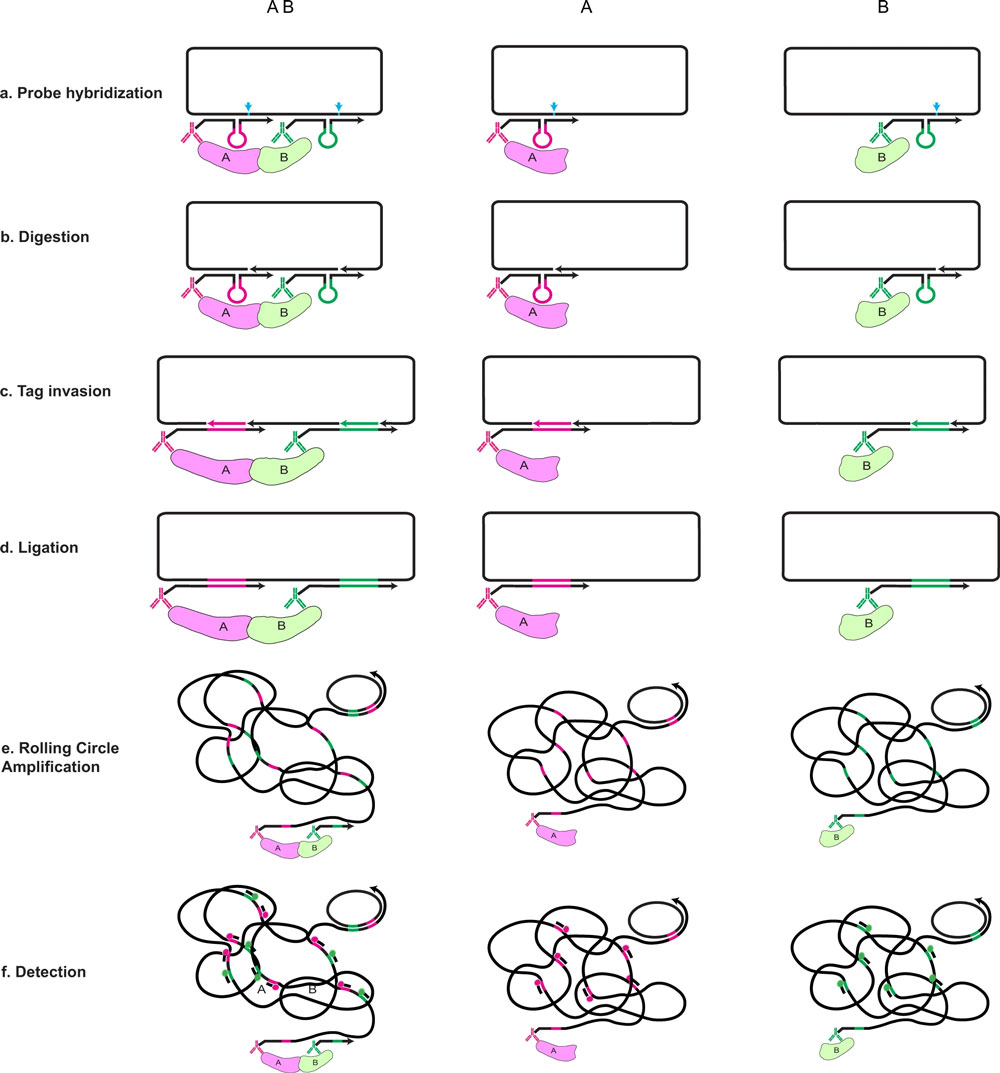Atlas Antibodies supports the development of a new technique
MolBoolean is expected to be a valuable tool for researchers studying protein activity in cells and tissue and, in the long term, be used in healthcare to improve diagnosis and choice of treatment for cancer. Atlas Antibodies recently overtook the patent for MolBoolean and is now preparing the method for the market.
August 2022
 Atlas Antibodies’ Principal Scientist Mikael Malmqvist.
Atlas Antibodies’ Principal Scientist Mikael Malmqvist.
The MolBoolean technique is developed by Professor Ola Söderberg's group at Uppsala University's Faculty of Pharmacy. The work has been carried out in collaboration with researchers at the universities of Porto and Uppsala, SciLifeLab, and Atlas Antibodies. The article “A method for Boolean analysis of protein interactions at a molecular level” is published in Nature Communications 13, 2022.
“MolBoolean is a new fluorescent based in situ proximity method, that can extract more information from cell and tissue samples than previously possible. The method enables the simultaneous quantification of the relative amounts of individual as well as interacting proteins, thus making the cells' activity status and communication more visible”, said Atlas Antibodies’ Principal Scientist Mikael Malmqvist.
The principle of the MolBoolean method for the detection of interacting and free proteins A and B as described in the Nature Article.

a) After binding their respective target proteins A and B, proximity probes A (black and magenta) and B (black and green) hybridize into the circle. Arrows signify oligonucleotide polarity.
b) The circle gets enzymatically nicked (cyan arrowhead indicates nicking position).
c) The circle gets invaded by reporter tags (tag A in magenta, tag B in green).
d) Enzymatic ligation of the reporter tags to the circle follows.
e) Rolling circle amplification (RCA) creates long concatemeric products (RCPs).
f) RCPs are detected via fluorescently labeled tag-specific detection oligonucleotides.
